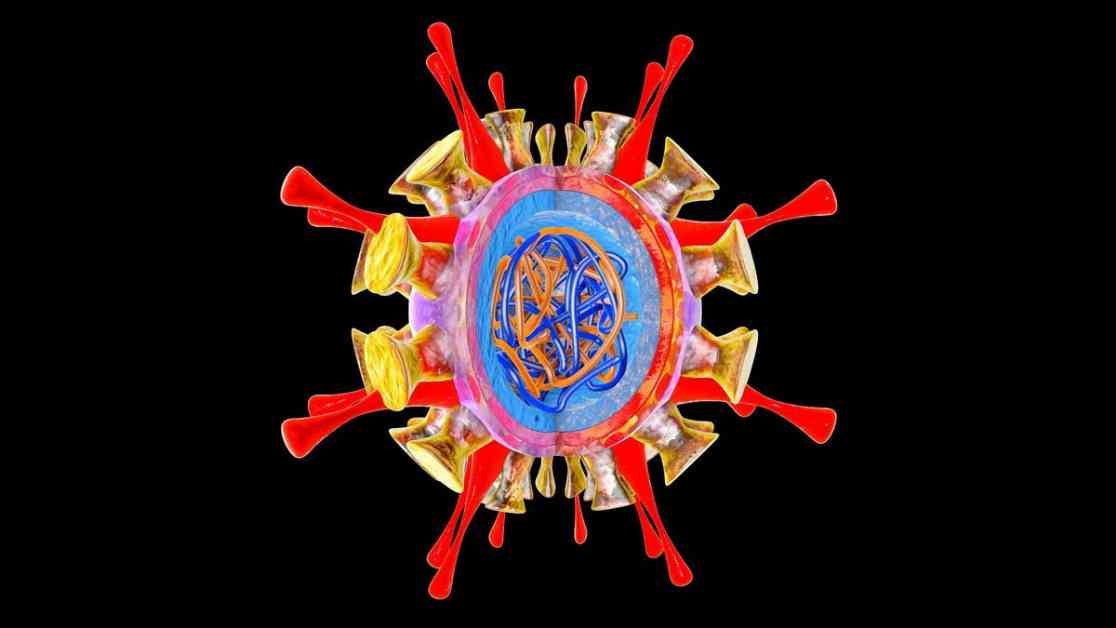The H5N1 bird flu virus has been making headlines this year, with nearly 50 cases reported in the U.S. so far. While the virus has caused only mild illnesses in humans, the Centers for Disease Control and Prevention (CDC) has been monitoring its potential to infect mammals.
A recent study published in the journal Nature suggests that H5N1 may be evolving to spread more easily between mammals, although it still does not transmit as efficiently as seasonal flu. Using ferrets as a model, researchers found that the virus can transmit between the animals under certain conditions, indicating a potential for spread to other mammals.
The study focused on an H5N1 virus strain with a mutation called E627K, which has been associated with past flu pandemics. This mutation allows the virus to replicate more efficiently at lower temperatures, such as those found in human bodies. While this mutation has not been detected in further cases, researchers are keeping a close eye on its potential implications.
Ferrets exposed to the virus in the study displayed severe symptoms, including diarrhea, difficulty breathing, and fever, leading to some fatalities. However, the infections seen in humans in the U.S. have been relatively mild, with minor symptoms like red eyes. This difference may be due to the higher doses of virus used in the ferret study compared to real-world exposures.
In addition to direct contact, researchers also explored the potential for airborne and surface transmission of the virus in ferrets. While direct contact between infected and healthy ferrets resulted in transmission and severe disease, airborne and surface transmission were less efficient.
These findings provide valuable insights into the potential severity and transmission of H5N1, but researchers emphasize the need for further studies to understand the virus’s behavior in human populations. Studying viruses from different human cases can help track any genetic changes that may impact the virus’s transmission and severity.
As the CDC continues to monitor the evolving nature of the H5N1 virus, it is essential for researchers to stay vigilant and proactive in studying its potential risks and implications for public health. The ongoing research will contribute to our understanding of how viruses like H5N1 can adapt and spread between different species, including humans.










